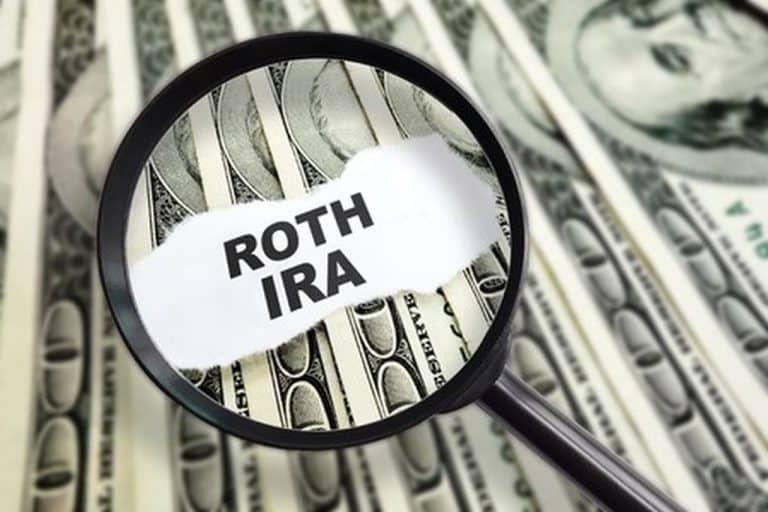Roth IRA Contribution Limits 2020

The Roth IRA contribution limits for 2020 are $6,000 per person with an additional $1,000 catch-up contribution for people who are 50 or older.
Roth IRA income limits for 2020
Roth IRA contribution limits for 2020 are based on your annual earnings. If you are single and earn $124,000 or less, you can contribute up to the full amount of $6,000 per year. If your aggregated gross income is between $124,000 and $139,000 you can still make contributions but with a lower value.
Married couples filing jointly can contribute up to $6,000 each if your combined income is less than $196,000. If your aggregated gross income is between $196,000 and $206,000 you can still make reduced contributions.
What is a Roth IRA?
Roth IRA is a tax-free retirement savings account that allows you to make after-tax contributions to save towards retirement. Your Roth investments grow tax-free. You will not owe taxes on dividends and capital gains. Once you reach retirement your withdrawals will be tax-free as well.
Roth vs Traditional IRA
Roth IRA allows you to make after-tax contributions towards retirement. In comparisons. Traditional IRA has the same annual contributions limits. The Traditional IRA contributions can be tax-deductible or after-tax depending on your income. Additionally, your Traditional IRA savings grow tax-deferred. Unlike Roth Roth, you will owe income taxes on your withdrawals.
Roth IRA Rules
The Roth IRA offers a lot of flexibility and few constraints. There are Roth IRA rules that can help you maximize the benefits of your tax-free savings account.
Easy and convenient
Opening a Roth IRA account is a great way to start planning for your financial future. The plan is an excellent saving opportunity for many young professionals with limited access to workplace retirement plans. Even those who have 401k plans with their employer can open a Roth IRA.
Flexibility
There is no age limit for contributions. Minors and retired investors can invest in Roth IRA as well as long as they earn income.
No investment restrictions
There is no restriction on the type of investments in the account. Investors can invest in any asset class that suits their risk tolerance and financial goals.
No taxes
There are no taxes on the distributions from this account once you reach 59 ½. Your investments will grow tax-free. You will never pay taxes on your capital gains and dividends either.
No penalties if you withdraw your original investment
While not always recommended, Roth IRA allows you to withdraw your original dollar contributions (but not the return from them) before reaching retirement, penalty and tax-free. Say, you invested $5,000 several years ago. And now the account has grown to $15,000. You can withdraw your initial contribution of $5,000 without penalties.
Diversify your future tax exposure
Roth IRA is ideal for investors who are in a lower tax bracket but expect higher taxes in retirement. Since most retirement savings sit in 401k and investment accounts, Roth IRA adds a very flexible tax-advantaged component to your investments. Nobody knows how the tax laws will change by the time you need to take out money from your retirement accounts. That is why I highly recommend diversifying your mix of investment accounts and take full advantage of your Roth IRA.
No minimum distributions
Unlike 401k and IRA, Roth IRA doesn’t have any minimum distributions requirements. Investors have the freedom to withdraw their savings at their wish or keep them intact indefinitely.
Earnings cap
You can’t contribute more than what you earned for the year. If you made $4,000, you could only invest $4,000.
Contact Us

